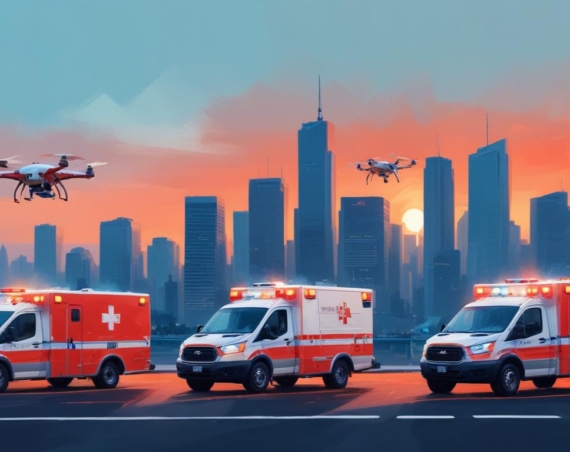
Adaptive mobility solutions refer to devices and technologies designed to help individuals with disabilities move around and access their environment. They are critical to the quality of life for individuals with disabilities, as they enable greater independence, promote social engagement, and improve overall well-being.
Check out some of the most common adaptive mobility solutions, including wheelchair adaptations, daily living aids, mobility/walking aids, bathroom aids, and cognitive aids.
Wheelchair Adaptations
Wheelchair adaptations can be as simple as adding a cushion or as complex as modifying the entire wheelchair to meet specific needs. For instance, some common wheelchair adaptations available at Safety and Mobility include:
1. Power Assist Devices: Power assist devices are designed to make it easier for individuals to push their wheelchairs by providing extra power and support. Power assist devices can be attached to the back of manual wheelchairs or integrated into the wheelbase of electric wheelchairs.
2. Seating and Positioning Systems: Seating and positioning systems are designed to provide greater comfort and support for individuals who use wheelchairs. These systems may include special cushions, backrests, and footrests that can be customized to fit each individual’s needs.
3. Wheelchair Ramps and Lifts: Wheelchair ramps and lifts are designed to make it easier for individuals to access buildings and other areas that may be difficult to navigate with a wheelchair.
Daily Living Aids
Daily living aids are designed to help individuals with disabilities perform everyday tasks and activities independently. These devices are essential for maintaining independence and promoting dignity and self-worth. Some common daily living aids include:
1. Adaptive Eating Utensils: Adaptive eating utensils are designed to make it easier for individuals with limited hand function to eat independently. These utensils may include special grips, angled handles, and other features that make it easier to hold and manipulate food.
2. Dressing Aids: Dressing aids are designed to help them dress independently. These devices may include tools for pulling up socks or pants, button hooks, and other devices that make it easier to fasten buttons, zippers, and other fasteners.
3. Communication Aids: Communication aids are designed to help them communicate more effectively. These aids may include speech-to-text software, text-to-speech software, and other tools that make it easier to communicate with others.
Mobility/Walking Aids
These aids are essential for promoting independence and improving overall mobility. Some common mobility and walking aids include:
1. Crutches and Canes: Crutches and canes are designed to provide support and stability for individuals with difficulty walking. These devices can be adjusted to fit each individual’s unique needs and are available in various styles and materials.
2. Walkers: Walkers are designed to provide additional support and stability for individuals with difficulty walking. These devices can be used indoors or outdoors, including additional features such as wheels and brakes.
3. Mobility Scooters: Mobility scooters are designed to provide greater independence and mobility for individuals who have difficulty walking long distances. These devices can be used indoors or outdoors and may include additional features such as storage baskets and adjustable seats.
Conclusion
Adaptive mobility solutions are essential for promoting independence and improving the quality of life for individuals with disabilities. These devices are designed to meet specific needs and challenges these individuals face, which can help them to make a significant difference in their daily lives. From wheelchair adaptations and daily living aids to mobility/walking aids, bathroom aids, and cognitive aids, various adaptive mobility solutions are available to help individuals with disabilities live more independently and participate more fully in their communities.




